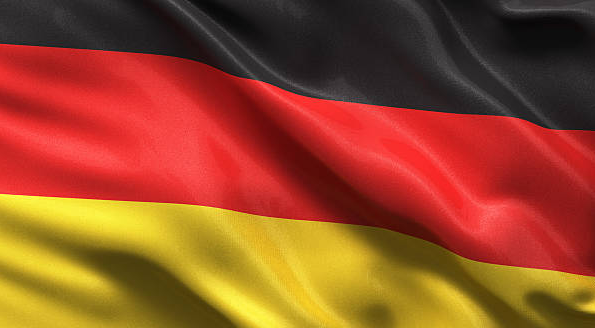Let’s have a look at the Dominican Republic National Flag. When we think of the Dominican Republic, our minds are often filled with images of pristine beaches, vibrant culture, and delicious cuisine. But beyond these elements, there lies a symbol of pride and identity that is deeply ingrained in the hearts of the Dominican people—their national flag. In this article, we will explore the history, significance, design, and the various ways the flag is celebrated in the Dominican Republic.
History and Evolution of Dominican Republic National Flag
The Birth of a Nation
The story of the Dominican Republic National Flag is intertwined with the nation’s quest for independence. In the early 19th century, the Dominican people were under the colonial rule of Haiti, and their desire for freedom was growing stronger by the day. It was in the midst of this struggle that the flag was conceived.
Juan Pablo Duarte: The Flag’s Creator
Juan Pablo Duarte, a visionary leader and one of the founding fathers of the Dominican Republic, played a pivotal role in the creation of the national flag. In 1844, he, along with fellow patriots, designed the flag as a symbol of unity and aspiration for a sovereign nation. Duarte’s dedication to the cause of independence is celebrated annually on Juan Pablo Duarte Day, a national holiday in the Dominican Republic.
Dominican Republic National Flag’s Design
Vibrant Colors
The Dominican Republic National Flag boasts three vibrant colors: blue, red, and white. The blue represents liberty, red symbolizes the blood shed by the country’s heroes, and the white cross signifies the struggle for peace and independence.
A Bold Cross
At the center of the flag, a bold white cross extends to all corners. This cross not only adds an element of symmetry to the design but also embodies the country’s unwavering faith in the pursuit of freedom. The cross is a symbol of unity, reminding Dominicans of their shared history and common goals.
Symbolism in Dominican Republic National Flag
Blue: The Color of Liberty
The blue in the flag represents the sky and the ocean that surround the Dominican Republic. It serves as a reminder of the country’s natural beauty and its aspiration to be free as the open sky. The blue color also signifies the Caribbean Sea, which has played a vital role in the nation’s history and trade.
Red: The Sacrifice for Freedom
The red color carries a profound meaning. It signifies the bloodshed by the brave men and women who fought for the nation’s independence. It is a stark reminder of the sacrifices made in the pursuit of liberty. The Dominican Republic’s struggle for freedom was not without its share of hardships and sacrifices.
White Cross: A Call for Peace
The white cross at the center of the flag is a powerful symbol of peace. It reflects the Dominican people’s desire for a tranquil and harmonious future, free from the burdens of colonial oppression. The cross serves as a beacon of hope, reminding everyone that peace is a fundamental goal worth pursuing.
Flag Celebrations
The Dominican Republic National Flag is not just a static symbol; it comes to life in various celebrations throughout the year. On Dominican Flag Day, which is celebrated on February 27th, the entire nation joins in festivities to honor the flag’s significance. Schools, communities, and government institutions organize parades, concerts, and flag-raising ceremonies, with citizens proudly displaying their flag-themed attire.
FAQs About the Dominican Republic National Flag
1. Who designed the Dominican Republic National Flag?
Juan Pablo Duarte, a national hero and revolutionary leader, played a pivotal role in its design.
2. What do the colors of the flag represent?
Blue symbolizes liberty, red represents the bloodshed for independence, and the white cross signifies the pursuit of peace.
3. When was the Dominican Republic National Flag officially adopted?
The flag was officially adopted on November 6, 1844, when the Dominican Republic declared its independence.
4. Is the flag’s design unique in any way?
Yes, the Dominican Republic National Flag features a unique white cross at its center, which sets it apart from many other national flags.
5. Can you see the flag displayed prominently in the Dominican Republic today?
Absolutely! The flag is proudly displayed across the country, in homes, schools, and government buildings, as a symbol of national pride and identity.
Conclusion
The Dominican Republic National Flag is more than just a piece of cloth; it is a powerful symbol of a nation’s struggle, sacrifice, and unwavering spirit. Its vibrant colors and meaningful design tell a story of a people who fought bravely for their freedom and continue to celebrate their independence to this day. Whenever you see this flag waving proudly in the Caribbean breeze, remember the rich history and profound symbolism it carries.
References
- “Flag of the Dominican Republic.” Britannica.
- “Juan Pablo Duarte.” Encyclopedia Britannica.
- “History of the Dominican Republic.” Lonely Planet.
- “National Symbols of the Dominican Republic.” Ministry of Tourism of the Dominican Republic.

